Hi Families...Did you know that the owl is the mascot of the Laurel School?
Today’s project is: I would like your child to create an owl. It can be made out of anything and whatever type of owl you would like to make.
I would love to see your creations. Please send me a picture! If you would like me to put it on the “virtual classroom” so that your friends can also see, just let me know. : )
Monthly Theme:Animals in our Neighborhood
What is the lesson (overall purpose)? I would like the children to learn about owls, as they live on Cape Cod.
MA Guidelines/Standards:
*Visual Arts/Elements and Principles of Design: 2.3 & 2.4: Experiment with the use of texture in artwork. Use basic shapes and forms of different sizes to create artwork.
*Observation, Abstraction, Invention and Expression: 3.2: Creating a drawing or sculpture.
Learning Outcomes: That your child will be able to tell you 3 facts about owls.
Today’s project is: I would like your child to create an owl. It can be made out of anything and whatever type of owl you would like to make.
I would love to see your creations. Please send me a picture! If you would like me to put it on the “virtual classroom” so that your friends can also see, just let me know. : )
Monthly Theme:Animals in our Neighborhood
What is the lesson (overall purpose)? I would like the children to learn about owls, as they live on Cape Cod.
MA Guidelines/Standards:
*Visual Arts/Elements and Principles of Design: 2.3 & 2.4: Experiment with the use of texture in artwork. Use basic shapes and forms of different sizes to create artwork.
*Observation, Abstraction, Invention and Expression: 3.2: Creating a drawing or sculpture.
Learning Outcomes: That your child will be able to tell you 3 facts about owls.
- Where do they live (habitat)?
- Owls are birds & they hatch from eggs.
- What do owls eat? Some owls eats mice, frogs, bats, fish and snakes
- Eyesight & Hearing: Owls can only see straight ahead. They don’t have peripheral vision like we do. But, they can turn their heads almost all the way around to see things behind them. Owls are great listeners, that is how they catch their food.
- Most owls are nocturnal and hunt at night although the barn owl and pygmy will occasionally hunt during the day
- One of the smallest owls is the pygmy measuring only 6 inches in length.
- What are owl pellets? Owls are birds of prey. ... After an owl eats the small rodents, birds, and bugs that are a part of its nightly diet, its stomach cannot digest the fur, bones, teeth, feathers, and insect shells from that food. These “extra” parts are formed into a tight PELLET inside the owl and are then are later SPIT UP by the owl.
Helpful Hints: (Pitfalls & Solutions)
Owl feathers and pellets are sold online if you would like to explore more and you haven’t found any outside. Also, if you don’t live near the woods, you can always learn to identify owls by their calls at
Audubon: Learn to Identify 5 Owls By Their Call.
Songs, Books & Videos (Motivational Techniques)
Book: Owl Babies https://youtu.be/TPQRiSTYFHo
Little Owls
3 little owls sat in a tree, screeching won’t you please come play with me?
1 little owl flew to the tree, now how many owls do you see?
Materials:
-Assorted materials
OWLpictures.com https://www.owl-pictures.com/
All about owls: Backyard Birds https://youtu.be/m0XgSrdYQRY
Activity (Procedure):
*KWL Chart/Discussions: What do you already know about owls? What do you want to learn about owls? (follow-up afterwards) What did you learn about owls?
*Book: (Watch or read if you have it at home): Owl Babies. Talk with your child about the book. Did you like the book? Why or why not? Have you ever missed someone or something? How did that make you feel?
*Look at different pictures of owls. Different types of owls look different. Which one is your favorite.
*Now comes the fun part, create your own owl. You can use whatever materials that you have on hand. You can use rocks, sticks, art materials, different shapes, colors, fabrics, seeds, etc.
Activity Wrap Up:
Owl Listening Game:
*The owl listens to find its food. Your child will pretend to be an owl. He/she will sit on the floor. A parent or older sibling will blindfold the “owl” and then either the sibling or a parent/guardian will be a bat, mouse, snake or frog. The person who is not the owl (but rather food for the owl) will sneak up behind the owl, beside or stand over the owl and make the appropriate sound that animal would make. The owl must locate the animal by pointing in the direction the sound is coming from. The owl must name the animal making the sound.
Owl Eyes:
*Using 1 toilet paper roll (empty): cut it in half to create 2 small circles.
*Glue the 2 halves together to create binoculars. (You also can use a stapler or tape to fasten them).
*Then put them up to your eyes.
-Looking straight ahead is all that you can see if you were an owl. That is why owls need to turn their heads a lot. So that they can see all around them.
-Can you see the chair on the left side of you?
-Can you see the table on the right side of you?
-What can you see looking straight ahead?
How do I know what my child is learning? (Assessment) Talk about owls. If you could, would you like to be an owl? Why or why not? Do you think owls have an easy time seeing at night?
How can you extend this activity? (Modifications)
Take a walk in the woods. Look for owl feathers. They are shaped differently than other bird feathers, so that they can fly quietly through the night. Can you find any owl pellets? Can you hear owls at night?
Owl Memory Game:
Ask your family members which owl is their favorite. Then print out 2 copies of each owl. Cut to size. Lay all the pictures face down and then have fun flipping over until you get a match. Can you name the owl pair? Can you tell each other a fact that you learned about that type of owl?
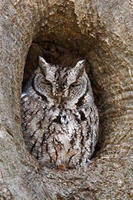
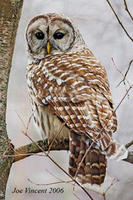
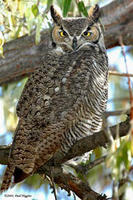
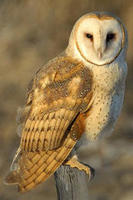
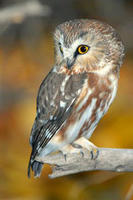
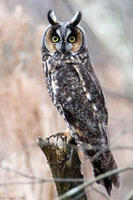
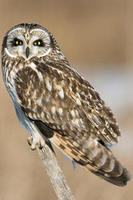
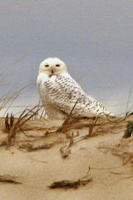
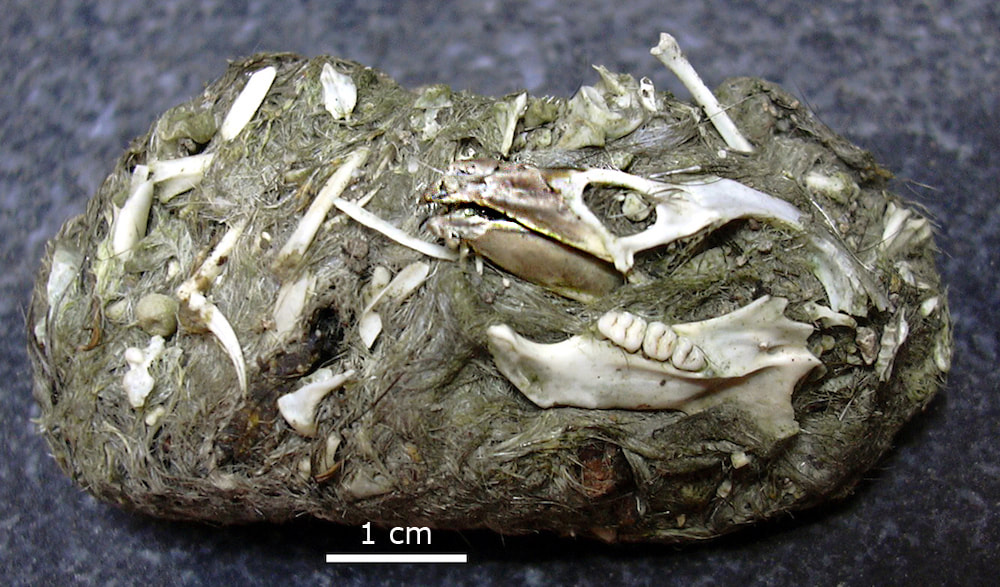
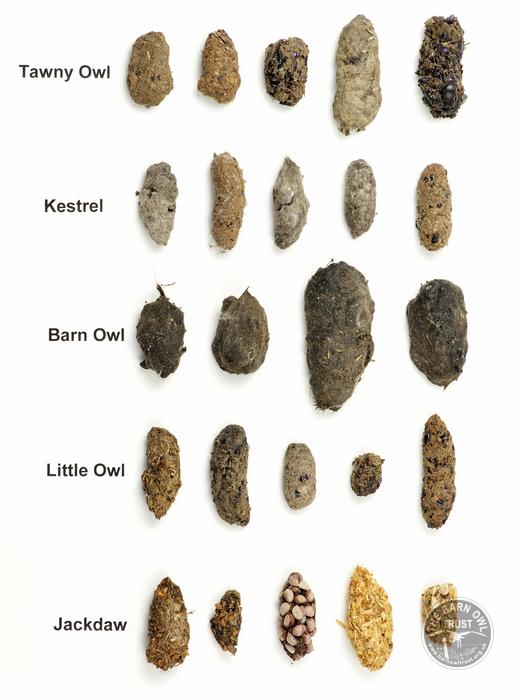
 RSS Feed
RSS Feed
